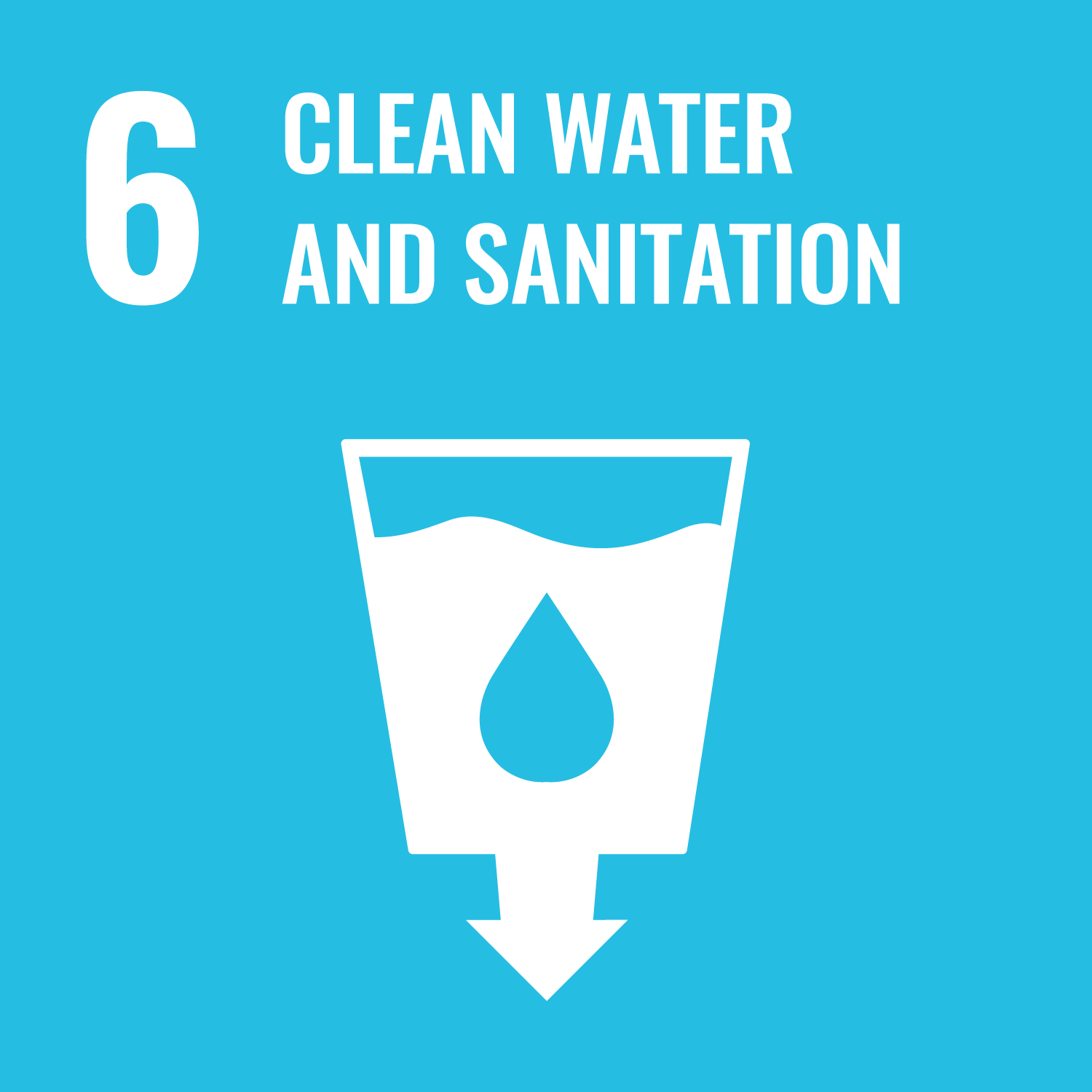[Class Outline]
Lectures and exercises on hydrodynamics and hydraulics will give students a basis for environmental management in river basins. Students will learn how to represent fluids such as water and air in mathematical terms. Students will learn the conservation laws of mass, energy, and momentum in the mechanics of a perfect fluid, which models the fundamental mechanical behaviour. Students will learn the idea of viscous fluid mechanics and gain knowledge of the equation of flow motion and laminar and turbulent flows. Students will practice the usage of the above lecture contents through exercises.
[Keywords]
perfect fluid, energy conservation law, momentum conservation law, viscous fluid, equation of motion, laminar and turbulent flows
Lectures and exercises on hydrodynamics and hydraulics will give students a basis for environmental management in river basins. Students will learn how to represent fluids such as water and air in mathematical terms. Students will learn the conservation laws of mass, energy, and momentum in the mechanics of a perfect fluid, which models the fundamental mechanical behaviour. Students will learn the idea of viscous fluid mechanics and gain knowledge of the equation of flow motion and laminar and turbulent flows. Students will practice the usage of the above lecture contents through exercises.
[Keywords]
perfect fluid, energy conservation law, momentum conservation law, viscous fluid, equation of motion, laminar and turbulent flows
・ To learn the ideas and methods for mathematically describing water flow.
・ To understand the concept and basic rules of perfect fluid mechanics and learn how to apply them to flow analysis.
・ To understand viscous fluid mechanics and analyze currents in an open channel.
・ To understand the concept and basic rules of perfect fluid mechanics and learn how to apply them to flow analysis.
・ To understand viscous fluid mechanics and analyze currents in an open channel.
- 水圏の環境管理において流れの力学のもつ工学的役割が説明できる.
- 水など流体の力学的状態を数式を使って表現できる.
- 完全流体の力学におけるエネルギー・運動量・質量の保存則を説明でき,それらを使って流れを解析できる.
- 粘性流体の力学における摩擦抵抗の考え方が説明でき,それを使って開水路の等流を解析できる.
| Class schedule | HW assignments (Including preparation and review of the class.) | Amount of Time Required | |
|---|---|---|---|
| 1. | Introduction - Lecture Guidance - syllabus, lecture contents, evaluation methods, office hours, etc. Fundamentals of Hydraulics Part 1 What is hydraulics? dimension, unit, a significant digit |
講義シラバスを事前に通読(講義ガイダンス) | 10minutes |
| 教科書の該当部分を事前に通読(流体の数理的記述) | 120minutes | ||
| 2. | Fundamentals of Hydraulics Part 2 Fluid properties Flow classification Explaining the exercise |
予め配布する演習問題を講義時間のおわりまでに解答し,提出できるように準備 | 180minutes |
| 3. | Hydrostatics Part 1 Why do we learn "hydrostatics"? Hydrostatic Pressure Buoyancy and Archimedes' Principle |
教科書の該当部分を事前に通読 | 120minutes |
| 4. | Hydrostatics Part 2 Hydrostatic pressure working on flat and curved surfaces Stability and instability of a floating body Explaining the exercise |
予め配布する演習問題を講義時間のおわりまでに解答し,提出できるように準備 | 180minutes |
| 5. | The energy conservation law, Part 1 The energy of flowing water Bernoulli's theorem The derivation of Bernoulli's theorem Tricellii's theorem |
教科書の該当部分を事前に通読 | 120minutes |
| 6. | The energy conservation law, Part 2 Applications of Bernoulli's Theorem Explaining the exercise |
予め配布する演習問題を講義時間のおわりまでに解答し,提出できるように準備 | 180minutes |
| 7. | Midterm examination and its explanation | 前半の講義内容の復習と理解の向上 | 420minutes |
| 8. | Momentum Conservation Law, Part 1 Why do we learn the "momentum conservation law"? Derivation of the momentum conservation law |
教科書の該当部分を事前に通読 | 120minutes |
| 9. | Momentum Conservation Law, Part 2 Application of the Momentum Conservation Law Explanation of the Exercises |
予め配布する演習問題を講義時間のおわりまでに解答し,提出できるように準備 | 180minutes |
| 10. | 流体の運動方程式 その1 はじめに 流体運動の記述方法 流体運動の基礎方程式 ナビエ・ストークスの式 連続式 |
教科書の該当部分を事前に通読 | 120minutes |
| 11. | 流体の運動方程式 その2 流体の基本運動要素と渦度 速度ポテンシャルと流関数 演習問題の説明 |
予め配布する演習問題を講義時間のおわりまでに解答し,提出できるように準備 | 180minutes |
| 12. | Laminar and Turbulent Flows, Part 1 Characteristics of laminar and turbulent flows Reynolds number Critical Reynolds number Velocity distribution in laminar flows - in the case of a circular pipe flow |
教科書の該当部分を事前に通読 | 120minutes |
| 13. | Laminar and Turbulent Flows, Part 2 Turbulence and Reynolds stress Velocity distribution of turbulent flows - near the wall Explanation of the exercise |
予め配布する演習問題を講義時間のおわりまでに解答し,提出できるように準備 | 180minutes |
| 14. | Final examination and its explanation | 講義内容全般の復習と理解の向上 | 420minutes |
| Total. | - | - | 2650minutes |
| 演習 | 中間試験 | 期末試験 | Total. | |
|---|---|---|---|---|
| 1. | 0% | 5% | 5% | 10% |
| 2. | 10% | 10% | 10% | 30% |
| 3. | 10% | 15% | 5% | 30% |
| 4. | 10% | 5% | 15% | 30% |
| Total. | 30% | 35% | 35% | - |
成績は,講義の達成目標の理解度に対して,演習(30%),中間試験(35%),期末試験(35%)の結果を総合的に評価し,その評価が60%以上となったものを合格とする.ただし,演習を含む講義全体の出席率が80%未満の場合は評価の対象外とする.評価の基準は,講義の演習問題とその類似問題が確実に解けるようになれば60%のレベルに該当するものとする.
| ways of feedback | specific contents about "Other" |
|---|---|
| Feedback in outside of the class (ScombZ, mail, etc.) |
教科書:土木の基礎固め 水理学,二瓶泰雄・宮本仁志・横山勝英・仲吉信人,講談社,232p., 2017.
参考書:水理学 — 水工学序論 —,水工学研究会編,技報堂出版,259p, 1995.
参考書:明解 水理学,日野幹雄,丸善,345p,1983.
参考書:水理学,禰津家久・冨永晃宏,朝倉書店,319p,2000.
参考書:水理学 — 水工学序論 —,水工学研究会編,技報堂出版,259p, 1995.
参考書:明解 水理学,日野幹雄,丸善,345p,1983.
参考書:水理学,禰津家久・冨永晃宏,朝倉書店,319p,2000.
- 講義曜日の昼休みの時間に大宮校舎の専門講師室にて.ただし,他に予定が入っている場合があるので,事前に宮本までe-mailにて予約を入れることが望ましい.
- 講義フォルダーに内容の追加説明や関連資料などをアップロードする.
- この講義は流体力学・水理学の導入講義であり,数式が多く決して簡単とはいえない.ただ,基本法則は,エネルギー・運動量・質量の3つの保存則のみであり,見た目以上に考え方はシンプルである.
- 現在,地球温暖化やゲリラ豪雨などで河川をはじめとした水圏の適切な環境管理が重要性を増している.この講義は,その水圏環の境管理の基礎になる力学的な考え方や手法の初歩を学ぶ.ぜひとも頑張って学修してほしい.
- Course that cultivates an ability for utilizing knowledge
- Course that cultivates a basic self-management skills
| Work experience | Work experience and relevance to the course content if applicable |
|---|---|
| N/A |


- 6.CLEAN WATER AND SANITATION
- 11.SUSTAINABLE CITIES AND COMMUNITIES
Last modified : Sat Sep 09 05:39:43 JST 2023

